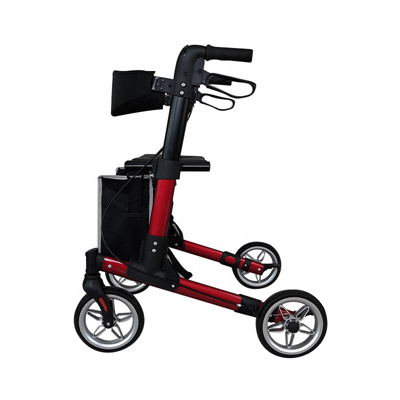1. Initial Discomfort: When you first start using crutches, you may experience some discomfort, especially in your underarms, hands, wrists, and shoulders. This discomfort usually lessens as you become more accustomed to using the crutches and develop better technique.
2. Gradual Improvement: Initially, mobility may be limited, but as you become more skilled at using crutches, your mobility should improve. You may regain some independence in activities of daily living.
3. Physical Therapy: Depending on the nature of your injury or condition, your healthcare provider may recommend physical therapy to help you regain strength, flexibility, and mobility. This may include exercises to strengthen your upper body and the affected limb.
4. Adjusting to Daily Life: You’ll need to make adjustments to your daily routine. Simple tasks like dressing, bathing, cooking, and getting in and out of bed may require modifications or assistance.
5. Increased Upper Body Strength: Using crutches requires significant upper body strength and endurance. Over time, you’ll likely notice improved strength in your arms, shoulders, and core muscles.
6. Mobility Challenges: Navigating stairs, uneven terrain, and tight spaces can be challenging with crutches. You may need assistance or adaptive equipment for these situations.
7. Emotional Challenges: Dealing with a mobility-limiting injury or condition can be emotionally challenging. Feelings of frustration, dependency, or sadness are common. Seek emotional support from friends, family, or a therapist if needed.
8. Follow-Up Appointments: You’ll likely have follow-up appointments with your healthcare provider to monitor your progress and make any necessary adjustments to your treatment plan.
9. Gradual Reduction in Crutch Use: As your condition improves, your healthcare provider will guide you on when and how to reduce your reliance on crutches. This may involve transitioning to a cane or walking without assistance.
10. Fall Prevention: Be cautious to avoid falls, which can be especially dangerous when using crutches. Practice proper crutch technique, wear appropriate footwear, and ensure your home environment is free from tripping hazards.
11. Continued Healing: Remember that recovery is a process, and it can take time. Follow your healthcare provider’s advice and be patient with yourself.
12. Independence and Adaptation: Over time, you’ll learn to adapt to life with crutches, finding ways to maintain your independence and engage in activities you enjoy.
13. Gradual Return to Activities: Depending on your condition, you may be able to gradually return to work, school, or recreational activities as your recovery progresses.
14. Monitor for Complications: Keep an eye out for any signs of complications, such as increased pain, swelling, or changes in your condition. Report any concerns to your healthcare provider promptly.
Recovering with crutches can be a challenging journey, but it’s essential to prioritize your safety and follow your healthcare provider’s recommendations for a successful recovery. With time, patience, and determination, you can regain your mobility and return to a more active and independent life.




















